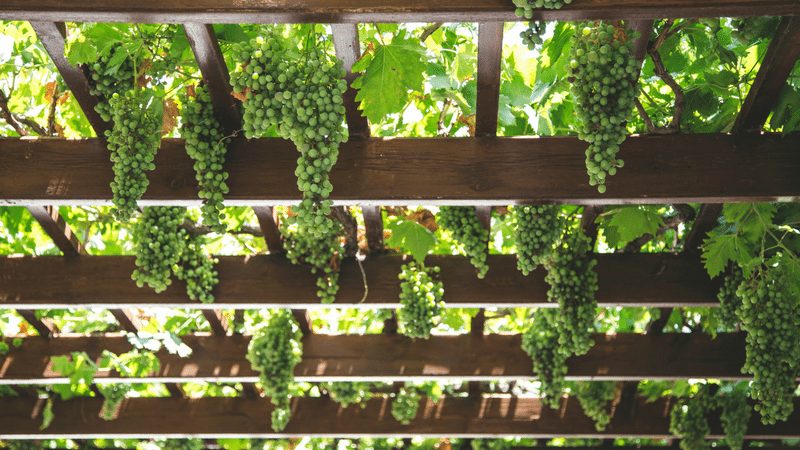Pinot Grigio/Pinot Gris
Episode #3 of the course Wine basics: Top ten wine varietals by Saffron Hickey
Today, our top wine varietal is Pinot Grigio (pe-no gree-joh), also known as Pinot Gris (pe-no gree). This white wine is called Pinot Grigio in Italy and Pinot Gris in France, the US, and most other producing countries. While Pinot Grigio and Pinot Gris are the same grape, the resulting wines vary due to differing styles and climates.
Pinot Grigio/Gris is an acidic varietal grown primarily in cooler climates to enhance its crispness and zingy citrus flavors. The grape has a unique pinkish-grey color; gris and grigio mean grey in French and Italian, respectively. It is related to the red wine grape, Pinot Noir.
Major Regions
In Italy, Pinot Grigio is primarily produced in the northeast regions of Trentino-Alto-Adige, Veneto, and Friuli. Italian Pinot Grigio is light-bodied with mineral notes. In France, Pinot Gris is mostly grown in Alsace. French Pinot Gris is medium-bodied with spice notes. Oregon and California in the US produce rich, fruity Pinot Gris. The grape is also grown in Australia, Germany, and New Zealand.
Characteristics
Note: The scents and tastes people perceive in wine vary greatly depending on individual palates, production methods, climate, and more.
Sweetness: Pinot Grigio/Gris is a dry, acidic wine. Alsace also uses the grape for dessert wines, labeled vendange tardive (late harvest) or selection de grains nobles (affected by noble rot).
Appearance: Pale yellow to coppery gold.
Aromas and flavors: Lemon, lime, pear, green apple, yellow plum, almonds, baking spices, honeysuckle, mineral. Mountainous regions, such as in northeast Italy, contribute to higher acidity. Warmer climates, such as California, yield stronger fruit notes. Sweet Alsace Pinot Gris has flavors of honeycomb and lemon candy.
Body: Light- to medium-bodied.
Aging: Pinot Grigio is typically fermented in stainless steel and unaged. New World producers sometimes use malolactic fermentation, which changes sharp malic acid into creamy lactic acid, to create a softer, richer Pinot Gris. A small amount of high-end Pinot Gris is oak aged for a fuller body and flavors of baking spices, particularly in France.
Food Pairing
The zesty flavor of Pinot Grigio/Gris pairs well with light seafood and vegetables. Consider green salad, shellfish, or poached fish with steamed vegetables. Pinot Grigio/Gris with a medium body and/or higher alcohol content can provide a satisfying contrast with béchamel, hollandaise, or béarnaise sauces. Avoid strong spices and salt, so the wine’s subtle flavors are not overwhelmed.
Selection Guide
Many inexpensive Pinot Grigio/Gris wines are available, but these are generally low quality and very basic, lacking the true character of this varietal. Seek well-reviewed mid-range wines or the most expensive wine suitable for your budget. For reliable quality, stick to major regions in Italy, France, and the US. Many countries grow Pinot Grigio/Gris as an affordable grape, but they may not have the climate or soil type suitable for developing subtle, complex flavors to balance the acidity. Try comparing two Pinot Grigio/Gris—one from an Old World country and one from a New World country—to pick out the similarities and differences.
Tomorrow, learn about the popular Chardonnay!
Recommended reading
Arnold, Eric, 2008. Pinot Grigios for Every Taste. New York, NY: Forbes.
Gorman-McAdams, Mary, 2014. What’s the Difference between Pinot Gris and Pinot Grigio?
Puckette, Madeline, 2014. The 3 Types of Pinot Grigio.
Recommended book
Share with friends

